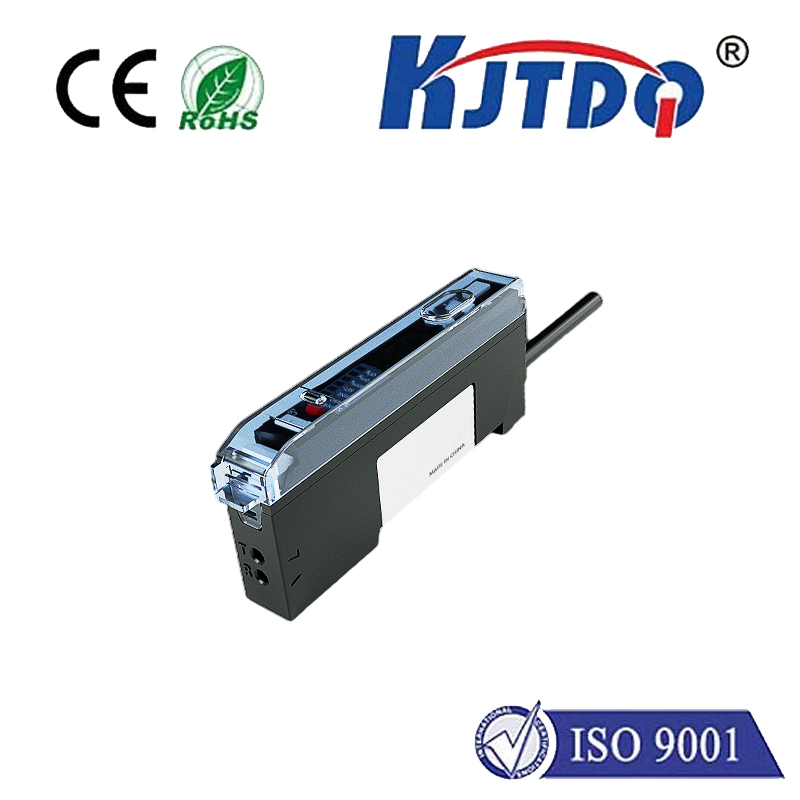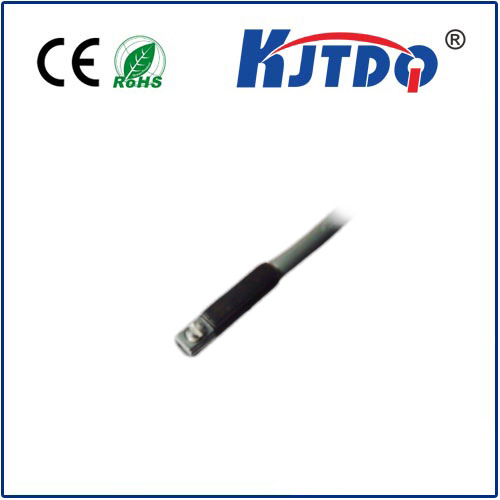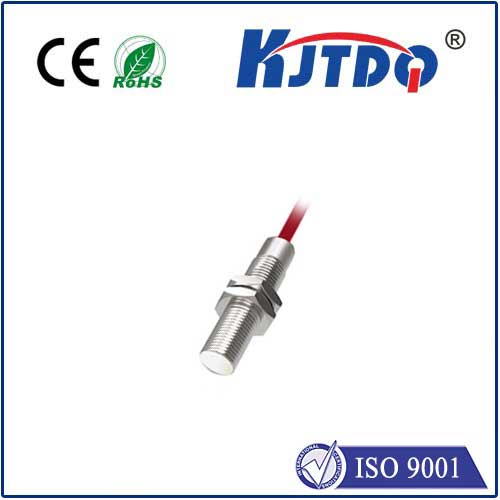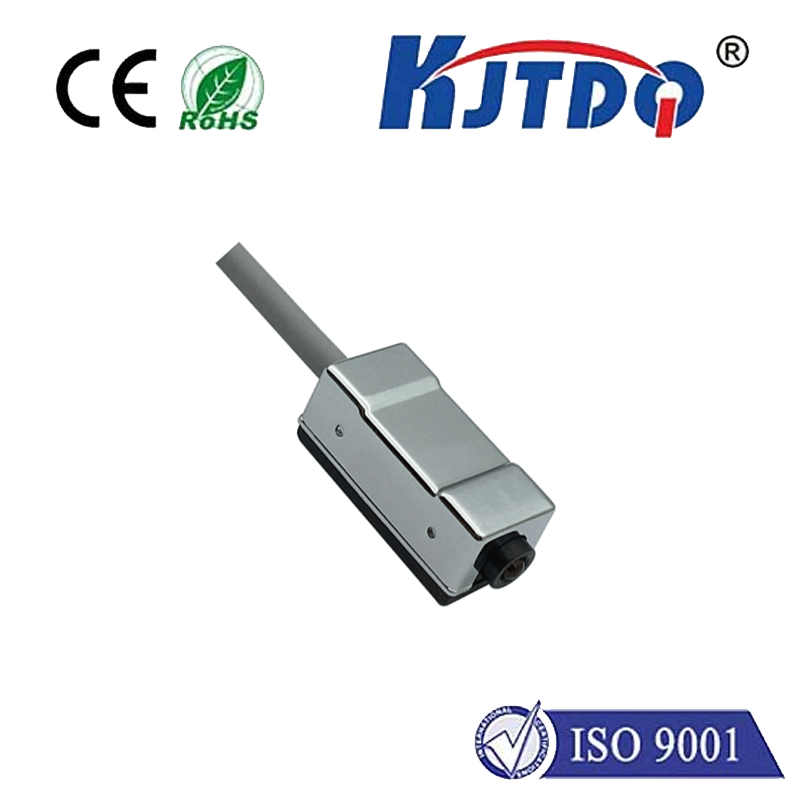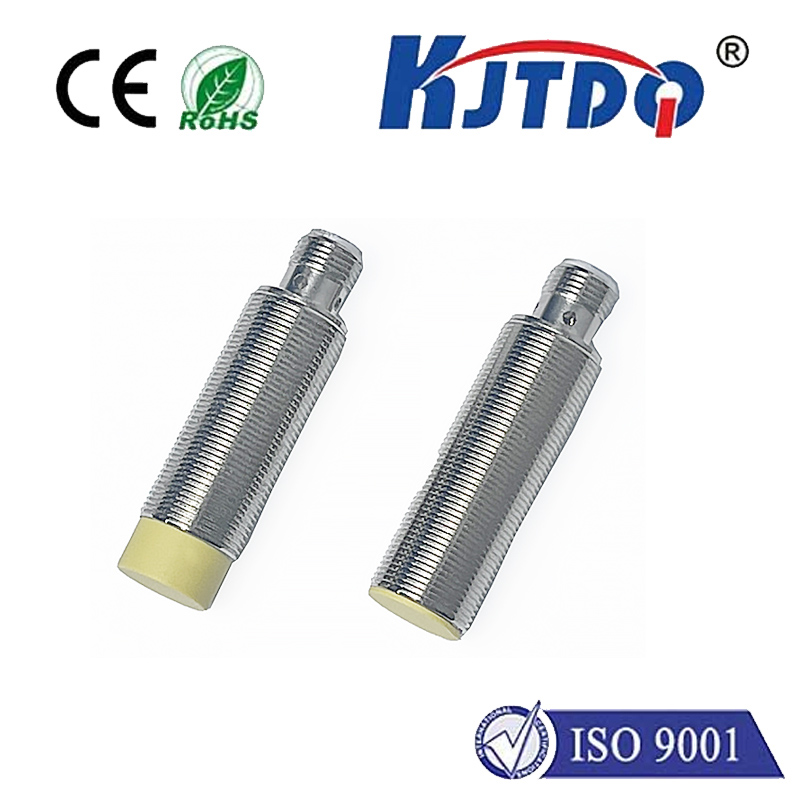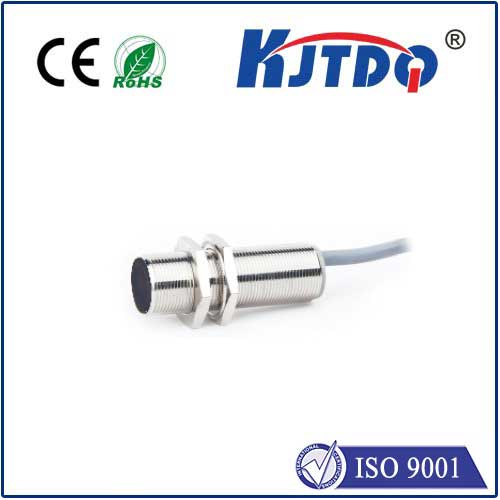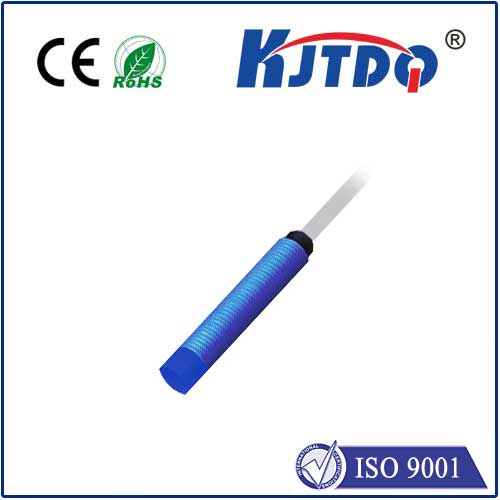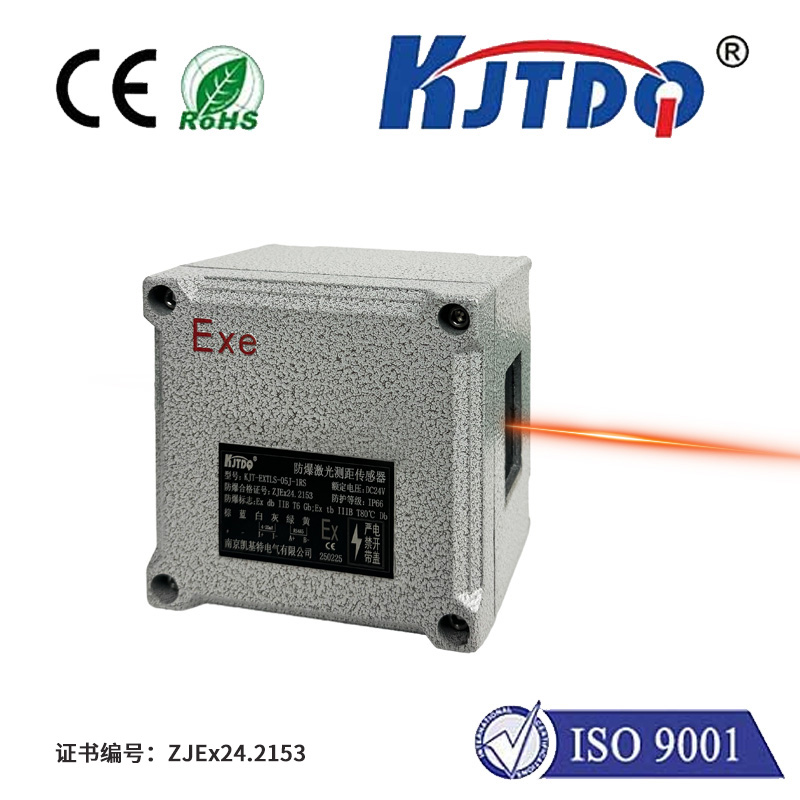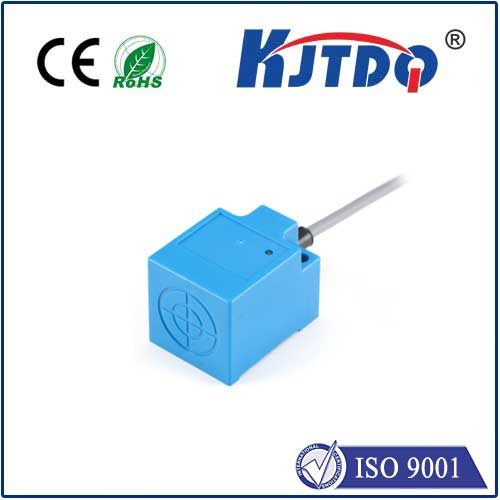BES00NT high pressure proximity sensor
- time:2025-09-30 22:19:18
- Click:0
BES00NT High Pressure Proximity Sensor: Uncompromised Detection in Demanding Environments
Imagine a critical hydraulic system powering heavy machinery deep within a mine, or a high-pressure fluid line in an offshore drilling rig. Reliable, instantaneous detection of component position or presence is paramount, not just for efficiency, but for safety and preventing catastrophic failure. In these extreme environments where immense pressures are the norm, standard sensors simply won’t survive. This is where specialized solutions like the BES00NT high pressure proximity sensor step in, engineered to deliver unwavering performance where others falter.
Understanding the Core Challenge: Proximity Sensing Under Pressure
At its heart, a proximity sensor detects the presence or absence of an object without physical contact. It does this typically by generating an electromagnetic field. When a metallic target enters this field, it induces changes detected by the sensor, triggering an output signal. This non-contact operation is crucial, eliminating wear and tear and enabling high-speed detection.
However, standard inductive proximity sensors are designed for ambient pressures. Submerging them or exposing their sensing face directly to high-pressure fluids (like hydraulic oil at hundreds or even thousands of PSI/Bar) can cause immediate damage. Seals fail, housings deform, electronics flood, and performance vanishes. High-pressure applications demand sensors built from the ground up to withstand these relentless forces internally and externally.

The BES00NT: Engineered for Pressure Resilience
The BES00NT high pressure proximity sensor is specifically designed to overcome the limitations of conventional sensors in punishing pressure environments. Here’s what sets it apart:
- Robust, Pressure-Containing Housing: Crafted from high-grade stainless steel or similarly resilient alloys, the BES00NT’s body is engineered to resist deformation and maintain integrity under sustained high pressure. This isn’t just about external protection; it’s about ensuring internal components remain unaffected.
- Advanced Sealing Technology: The critical barrier between the high-pressure environment and the sensitive electronics is its sealing system. The BES00NT utilizes specialized high-pressure seals, often multiple redundant stages, designed to withstand extreme fluid pressures and prevent any ingress. This ensures long-term reliability and prevents internal component damage.
- High IP Rating (Ingress Protection): Alongside pressure resistance, these sensors typically boast very high IP ratings (e.g., IP68, IP69K). This signifies superior protection against dust ingress and high-pressure, high-temperature water jets – essential for washdown environments common in industries like food and beverage or chemical processing, which often also involve pressurized lines.
- Optimized Sensing Face Design: The face of the sensor exposed to the pressure is reinforced. Its design minimizes potential weak points and ensures the electromagnetic sensing field operates effectively despite the thick, pressure-resistant barrier required.
- Reliable Inductive Sensing Principle: Utilizing the robust and proven inductive principle, the BES00NT detects ferrous and non-ferrous metals reliably. Its operation is immune to contaminants like oil, grease, dust, or moisture films (as long as the seal integrity holds), making it ideal for dirty industrial settings under pressure.
Where the BES00NT High Pressure Proximity Sensor Excels: Key Applications
The unique capabilities of sensors like the BES00NT make them indispensable in a wide array of demanding sectors:
- Hydraulic Systems: Monitoring cylinder position, valve spool detection, end-of-travel stops, and component presence within high-pressure hydraulic circuits in construction equipment, agricultural machinery, presses, and industrial automation.
- Oil & Gas Industry: Position feedback on valves, actuators, and blowout preventers (BOPs) in both upstream (drilling, extraction) and downstream (refining, pipelines) operations, often involving extreme pressures and harsh conditions.
- Marine & Offshore: Detection tasks on winches, cranes, thrusters, and subsea equipment where sensors must endure high ambient pressures and potent hydraulic forces. Corrosion resistance is also a key factor here.
- Chemical & Process Industries: Monitoring valves, mixers, and filling systems handling aggressive, high-pressure fluids. The sensor’s robust construction and sealing withstand both pressure and potential chemical exposure.
- Test Benches & High-Pressure Research: Providing precise position feedback and object detection within controlled high-pressure testing environments.
- Power Generation: Especially within hydroelectric power plants and high-pressure steam systems.
Beyond Pressure: The Tangible Benefits
Choosing a purpose-built high pressure sensor like the BES00NT delivers significant advantages:
- Enhanced Reliability & Uptime: Minimizes unplanned downtime caused by sensor failure in critical high-pressure zones. Predictable performance is key.
- Increased Safety: Reliable detection prevents dangerous situations arising from undetected component movement or failure under pressure.
- Reduced Maintenance Costs: Built for longevity in harsh conditions, significantly lowering the total cost of ownership compared to constantly replacing standard sensors. Durability pays off.
- Improved Process Control: Accurate and consistent position feedback ensures optimal operation of high-pressure machinery and systems. Precision matters.
- Simplified Installation & Integration: Designed to mount reliably where needed in the pressure circuit, often featuring industry-standard electrical connections and mounting threads.
Selecting the Right Sensor for High-Pressure Duty
When specifying a sensor like the BES00NT for a high-pressure application, critical parameters must be considered:
- Maximum Operating Pressure: The absolute first specification. Ensure the sensor’s rated pressure exceeds the peak pressure it will encounter in the system, including pressure spikes or surges. Never operate near the absolute maximum limit; incorporate a safety margin.
- Pressure Media Compatibility: Verify the sensor’s wetted materials (housing, seal materials, sensing face) are fully compatible with the specific fluid (oil, water, chemicals, gas) and its temperature.
- Temperature Range: High pressures often correlate with temperature extremes. Ensure the sensor operates reliably across the entire expected ambient and fluid temperature range.
- Electrical Specifications: Output type (PNP/NPN, NO/NC), voltage range, switching current, and connection type (cable or connector) must match the control system requirements.
- Sensing Range & Target Material: Confirm the nominal sensing distance is suitable for the application geometry and that it reliably detects the specific target material used.
- Environmental Factors: Beyond pressure, consider vibration, shock, potential for corrosive atmospheres, and required IP rating for dust/water ingress protection.
The BES00NT high pressure proximity sensor represents a critical solution where standard sensors fail. By integrating robust pressure containment, advanced sealing, and reliable inductive sensing into a single, purpose-built device, it enables safe, efficient, and precise automation in industries operating at the extremes. When pressures soar, the integrity of your detection system must be guaranteed – sensors engineered like the BES00NT provide that essential assurance.






